1. Saat TC, van den Akker EK, IJzermans JN, Dor FJ, de Bruin RW. 2016; Improving the outcome of kidney transplantation by ameliorating renal ischemia reperfusion injury: lost in translation? J Transl Med. 14:20. DOI:
10.1186/s12967-016-0767-2. PMID:
26791565. PMCID:
PMC4721068.

2. Ditonno P, Impedovo SV, Palazzo S, Bettocchi C, Gesualdo L, Grandaliano G, Selvaggi FP, Battaglia M. 2013; Effects of ischemia-reperfusion injury in kidney transplantation: risk factors and early and long-term outcomes in a single center. Transplant Proc. 45:2641–2644. DOI:
10.1016/j.transproceed.2013.07.025. PMID:
24034012.

3. Rewa O, Bagshaw SM. 2014; Acute kidney injury-epidemiology, outcomes and economics. Nat Rev Nephrol. 10:193–207. DOI:
10.1038/nrneph.2013.282. PMID:
24445744.

4. Hoste EAJ, Kellum JA, Selby NM, Zarbock A, Palevsky PM, Bagshaw SM, Goldstein SL, Cerdá J, Chawla LS. 2018; Global epidemiology and outcomes of acute kidney injury. Nat Rev Nephrol. 14:607–625. DOI:
10.1038/s41581-018-0052-0. PMID:
30135570.

6. Awad AS, El-Sharif AA. 2011; Curcumin immune-mediated and anti-apoptotic mechanisms protect against renal ischemia/reperfusion and distant organ induced injuries. Int Immunopharmacol. 11:992–996. DOI:
10.1016/j.intimp.2011.02.015. PMID:
21354353.

9. Zhao Y, Ding C, Xue W, Ding X, Zheng J, Gao Y, Xia X, Li S, Liu J, Han F, Zhu F, Tian P. 2017; Genome-wide DNA methylation analysis in renal ischemia reperfusion injury. Gene. 610:32–43. DOI:
10.1016/j.gene.2017.02.005. PMID:
28189760.

10. Fontecha-Barriuso M, Martin-Sanchez D, Ruiz-Andres O, Poveda J, Sanchez-Niño MD, Valiño-Rivas L, Ruiz-Ortega M, Ortiz A, Sanz AB. 2018; Targeting epigenetic DNA and histone modifications to treat kidney disease. Nephrol Dial Transplant. 33:1875–1886. DOI:
10.1093/ndt/gfy009. PMID:
29534238.

11. Guo C, Dong G, Liang X, Dong Z. 2019; Epigenetic regulation in AKI and kidney repair: mechanisms and therapeutic implications. Nat Rev Nephrol. 15:220–239. DOI:
10.1038/s41581-018-0103-6. PMID:
30651611. PMCID:
PMC7866490.

12. Tessarz P, Kouzarides T. 2014; Histone core modifications regulating nucleosome structure and dynamics. Nat Rev Mol Cell Biol. 15:703–708. DOI:
10.1038/nrm3890. PMID:
25315270.

13. Shogren-Knaak M, Ishii H, Sun JM, Pazin MJ, Davie JR, Peterson CL. 2006; Histone H4-K16 acetylation controls chromatin structure and protein interactions. Science. 311:844–847. DOI:
10.1126/science.1124000. PMID:
16469925.

14. Tang J, Zhuang S. 2019; Histone acetylation and DNA methylation in ischemia/reperfusion injury. Clin Sci (Lond). 133:597–609. DOI:
10.1042/CS20180465. PMID:
30804072. PMCID:
PMC7470454.

17. Bao L, Diao H, Dong N, Su X, Wang B, Mo Q, Yu H, Wang X, Chen C. 2016; Histone deacetylase inhibitor induces cell apoptosis and cycle arrest in lung cancer cells via mitochondrial injury and p53 up-acetylation. Cell Biol Toxicol. 32:469–482. DOI:
10.1007/s10565-016-9347-8. PMID:
27423454. PMCID:
PMC5099365.

18. Li D, Zeng Z. 2019; Epigenetic regulation of histone H3 in the process of hepatocellular tumorigenesis. Biosci Rep. 39:BSR20191815. DOI:
10.1042/BSR20191815. PMID:
31320544. PMCID:
PMC6680372.

20. Marcu MG, Jung YJ, Lee S, Chung EJ, Lee MJ, Trepel J, Neckers L. 2006; Curcumin is an inhibitor of p300 histone acetylatransferase. Med Chem. 2:169–174. DOI:
10.2174/157340606776056133. PMID:
16787365.
21. Wang X, Muhammad I, Sun X, Han M, Hamid S, Zhang X. 2018; Protective role of curcumin in ameliorating AFB1-induced apoptosis via mitochondrial pathway in liver cells. Mol Biol Rep. 45:881–891. DOI:
10.1007/s11033-018-4234-4. PMID:
29974318.

22. Yu W, Zha W, Ke Z, Min Q, Li C, Sun H, Liu C. 2016; Curcumin protects neonatal rat cardiomyocytes against high glucose-induced apoptosis via PI3K/Akt signalling pathway. J Diabetes Res. 2016:4158591. DOI:
10.1155/2016/4158591. PMID:
26989696. PMCID:
PMC4771910.

23. Kunduzova OR, Bianchi P, Pizzinat N, Escourrou G, Seguelas MH, Parini A, Cambon C. 2002; Regulation of JNK/ERK activation, cell apoptosis, and tissue regeneration by monoamine oxidases after renal ischemia-reperfusion. FASEB J. 16:1129–1131. DOI:
10.1096/fj.01-1008fje. PMID:
12039844.

24. Wu J, Zhang X, Nauta HJ, Lin Q, Li J, Fang L. 2008; JNK1 regulates histone acetylation in trigeminal neurons following chemical stimulation. Biochem Biophys Res Commun. 376:781–786. DOI:
10.1016/j.bbrc.2008.09.073. PMID:
18822271. PMCID:
PMC2702224.

25. Bayrak O, Uz E, Bayrak R, Turgut F, Atmaca AF, Sahin S, Yildirim ME, Kaya A, Cimentepe E, Akcay A. 2008; Curcumin protects against ischemia/reperfusion injury in rat kidneys. World J Urol. 26:285–291. DOI:
10.1007/s00345-008-0253-4. PMID:
18373094.

26. Wu J, Pan X, Fu H, Zheng Y, Dai Y, Yin Y, Chen Q, Hao Q, Bao D, Hou D. 2017; Effect of curcumin on glycerol-induced acute kidney injury in rats. Sci Rep. 7:10114. DOI:
10.1038/s41598-017-10693-4. PMID:
28860665. PMCID:
PMC5579036.

27. Xu YF, Liu M, Peng B, Che JP, Zhang HM, Yan Y, Wang GC, Wu YC, Zheng JH. 2011; Protective effects of SP600125 on renal ischemia-reperfusion injury in rats. J Surg Res. 169:e77–e84. DOI:
10.1016/j.jss.2011.02.021. PMID:
21492872.

28. Zhao W, Wu X, Wang Z, Pan B, Liu L, Liu L, Huang X, Tian J. 2020; Epigenetic regulation of phosphodiesterase 4d in restrictive cardiomyopathy mice with cTnI mutations. Sci China Life Sci. 63:563–570. DOI:
10.1007/s11427-018-9463-9. PMID:
30900165.

29. Zhou W, Jiang D, Tian J, Liu L, Lu T, Huang X, Sun H. 2018; Acetylation of H3K4, H3K9, and H3K27 mediated by p300 regulates the expression of GATA4 in cardiocytes. Genes Dis. 6:318–325. DOI:
10.1016/j.gendis.2018.10.002. PMID:
32042871. PMCID:
PMC6997570.

31. Hasan ST, Zingg JM, Kwan P, Noble T, Smith D, Meydani M. 2014; Curcumin modulation of high fat diet-induced atherosclerosis and steatohepatosis in LDL receptor deficient mice. Atherosclerosis. 232:40–51. DOI:
10.1016/j.atherosclerosis.2013.10.016. PMID:
24401215.

32. Cekmen M, Ilbey YO, Ozbek E, Simsek A, Somay A, Ersoz C. 2009; Curcumin prevents oxidative renal damage induced by acetaminophen in rats. Food Chem Toxicol. 47:1480–1484. DOI:
10.1016/j.fct.2009.03.034. PMID:
19345714.

34. Ibrahim SG, El-Emam SZ, Mohamed EA, Abd Ellah MF. 2020; Dimethyl fumarate and curcumin attenuate hepatic ischemia/reperfusion injury via Nrf2/HO-1 activation and anti-inflammatory properties. Int Immunopharmacol. 80:106131. DOI:
10.1016/j.intimp.2019.106131. PMID:
31981960.

35. Yeh CH, Chen TP, Wu YC, Lin YM, Jing Lin P. 2005; Inhibition of NFkappaB activation with curcumin attenuates plasma inflammatory cytokines surge and cardiomyocytic apoptosis following cardiac ischemia/reperfusion. J Surg Res. 125:109–116. DOI:
10.1016/j.jss.2004.11.009. PMID:
15836859.
36. Mokhtari-Zaer A, Marefati N, Atkin SL, Butler AE, Sahebkar A. 2018; The protective role of curcumin in myocardial ischemia-reperfusion injury. J Cell Physiol. 234:214–222. DOI:
10.1002/jcp.26848. PMID:
29968913.

37. Boyanapalli SS, Kong AT. 2015; "Curcumin, the King of Spices": epigenetic regulatory mechanisms in the prevention of cancer, neurological, and inflammatory diseases. Curr Pharmacol Rep. 1:129–139. DOI:
10.1007/s40495-015-0018-x. PMID:
26457241. PMCID:
PMC4596544.

38. Jankauskas SS, Pevzner IB, Andrianova NV, Zorova LD, Popkov VA, Silachev DN, Kolosova NG, Plotnikov EY, Zorov DB. 2017; The age-associated loss of ischemic preconditioning in the kidney is accompanied by mitochondrial dysfunction, increased protein acetylation and decreased autophagy. Sci Rep. 7:44430. DOI:
10.1038/srep44430. PMID:
28294175. PMCID:
PMC5353572.

39. Zager RA, Johnson AC, Becker K. 2011; Acute unilateral ischemic renal injury induces progressive renal inflammation, lipid accumulation, histone modification, and "end-stage" kidney disease. Am J Physiol Renal Physiol. 301:F1334–F1345. DOI:
10.1152/ajprenal.00431.2011. PMID:
21921025. PMCID:
PMC3233867.

40. Bomsztyk K, Flanagin S, Mar D, Mikula M, Johnson A, Zager R, Denisenko O. 2013; Synchronous recruitment of epigenetic modifiers to endotoxin synergistically activated Tnf-α gene in acute kidney injury. PLoS One. 8:e70322. DOI:
10.1371/journal.pone.0070322. PMID:
23936185. PMCID:
PMC3728219.

41. Evankovich J, Cho SW, Zhang R, Cardinal J, Dhupar R, Zhang L, Klune JR, Zlotnicki J, Billiar T, Tsung A. 2010; High mobility group box 1 release from hepatocytes during ischemia and reperfusion injury is mediated by decreased histone deacetylase activity. J Biol Chem. 285:39888–39897. DOI:
10.1074/jbc.M110.128348. PMID:
20937823. PMCID:
PMC3000970.

42. Li J, Chen P, Sinogeeva N, Gorospe M, Wersto RP, Chrest FJ, Barnes J, Liu Y. 2002; Arsenic trioxide promotes histone H3 phosphoacetylation at the chromatin of CASPASE-10 in acute promyelocytic leukemia cells. J Biol Chem. 277:49504–49510. DOI:
10.1074/jbc.M207836200. PMID:
12388546.

43. Yan X, Pan B, Lv T, Liu L, Zhu J, Shen W, Huang X, Tian J. 2017; Inhibition of histone acetylation by curcumin reduces alcohol-induced fetal cardiac apoptosis. J Biomed Sci. 24:1. DOI:
10.1186/s12929-016-0310-z. PMID:
28056970. PMCID:
PMC5217636.

44. Peng C, Zhang W, Zhao W, Zhu J, Huang X, Tian J. 2015; Alcohol-induced histone H3K9 hyperacetylation and cardiac hypertrophy are reversed by a histone acetylases inhibitor anacardic acid in developing murine hearts. Biochimie. 113:1–9. DOI:
10.1016/j.biochi.2015.03.012. PMID:
25797917.

45. Tesch GH, Ma FY, Nikolic-Paterson DJ. 2016; ASK1: a new therapeutic target for kidney disease. Am J Physiol Renal Physiol. 311:F373–F381. DOI:
10.1152/ajprenal.00208.2016. PMID:
27226108.

46. Kanellis J, Ma FY, Kandane-Rathnayake R, Dowling JP, Polkinghorne KR, Bennett BL, Friedman GC, Nikolic-Paterson DJ. 2010; JNK signalling in human and experimental renal ischaemia/reperfusion injury. Nephrol Dial Transplant. 25:2898–2908. DOI:
10.1093/ndt/gfq147. PMID:
20368303.

47. Wang Y, Wang Y, Luo M, Wu H, Kong L, Xin Y, Cui W, Zhao Y, Wang J, Liang G, Miao L, Cai L. 2015; Novel curcumin analog C66 prevents diabetic nephropathy via JNK pathway with the involvement of p300/CBP-mediated histone acetylation. Biochim Biophys Acta. 1852:34–46. DOI:
10.1016/j.bbadis.2014.11.006. PMID:
25446993. PMCID:
PMC4369325.

48. Fiorillo C, Becatti M, Pensalfini A, Cecchi C, Lanzilao L, Donzelli G, Nassi N, Giannini L, Borchi E, Nassi P. 2008; Curcumin protects cardiac cells against ischemia-reperfusion injury: effects on oxidative stress, NF-kappaB, and JNK pathways. Free Radic Biol Med. 45:839–846. DOI:
10.1016/j.freeradbiomed.2008.06.013. PMID:
18638545.
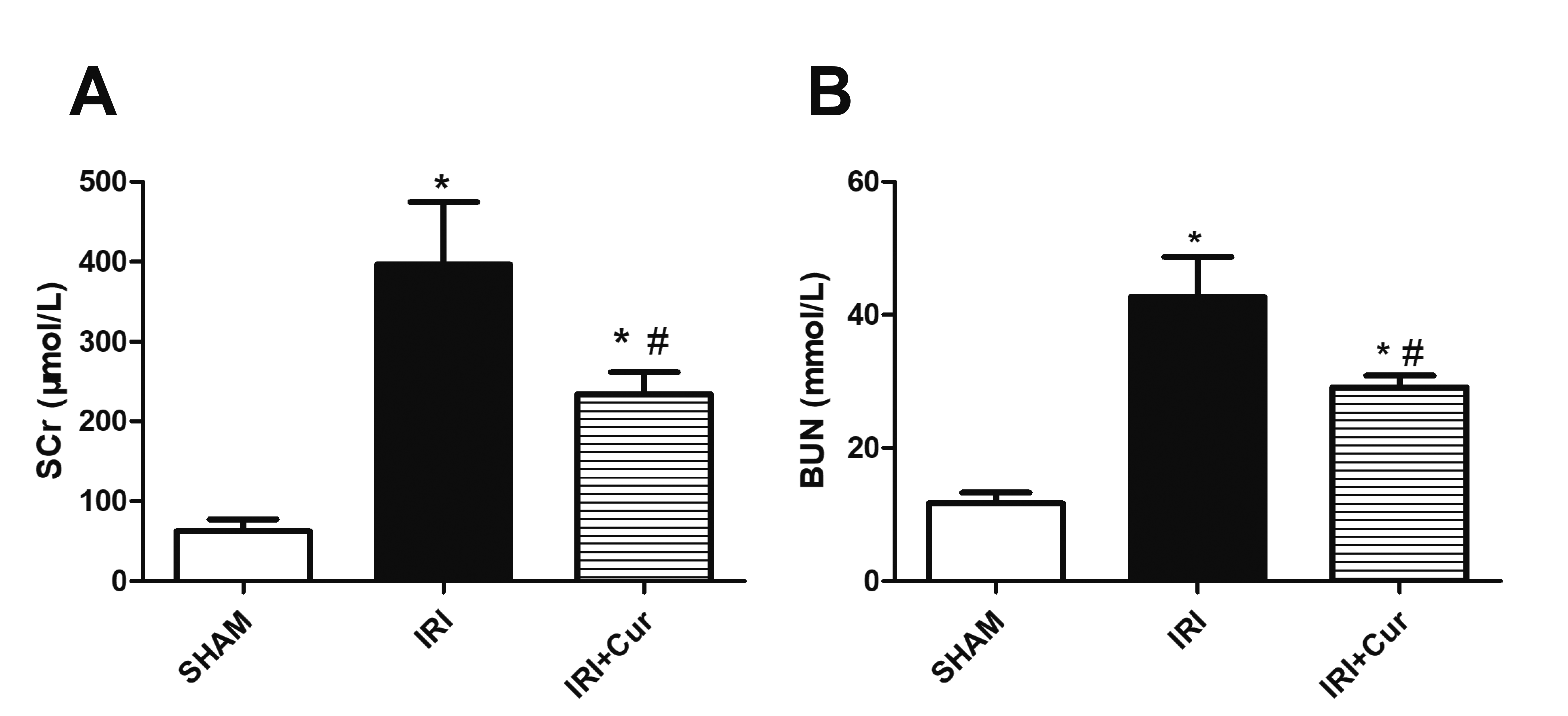

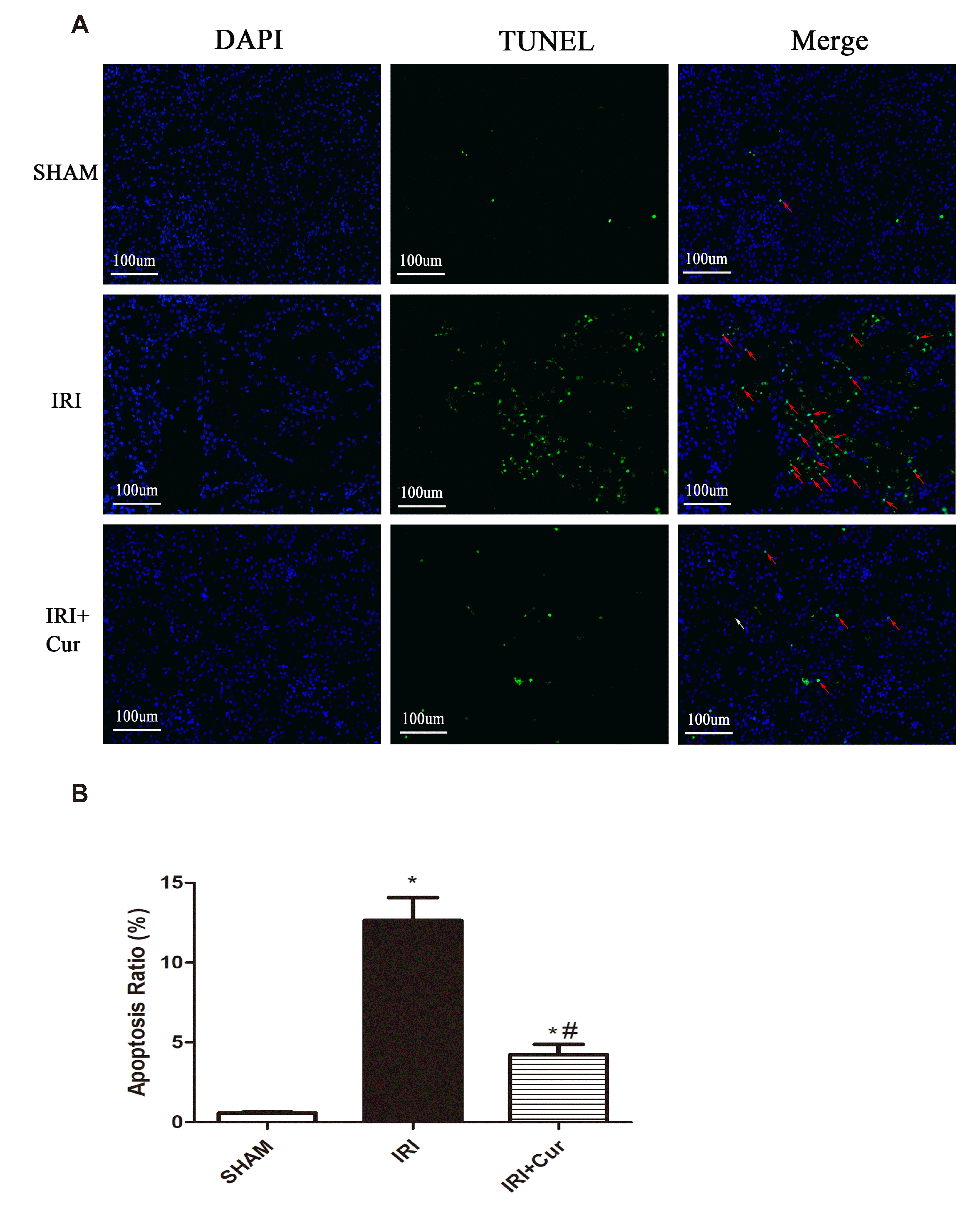
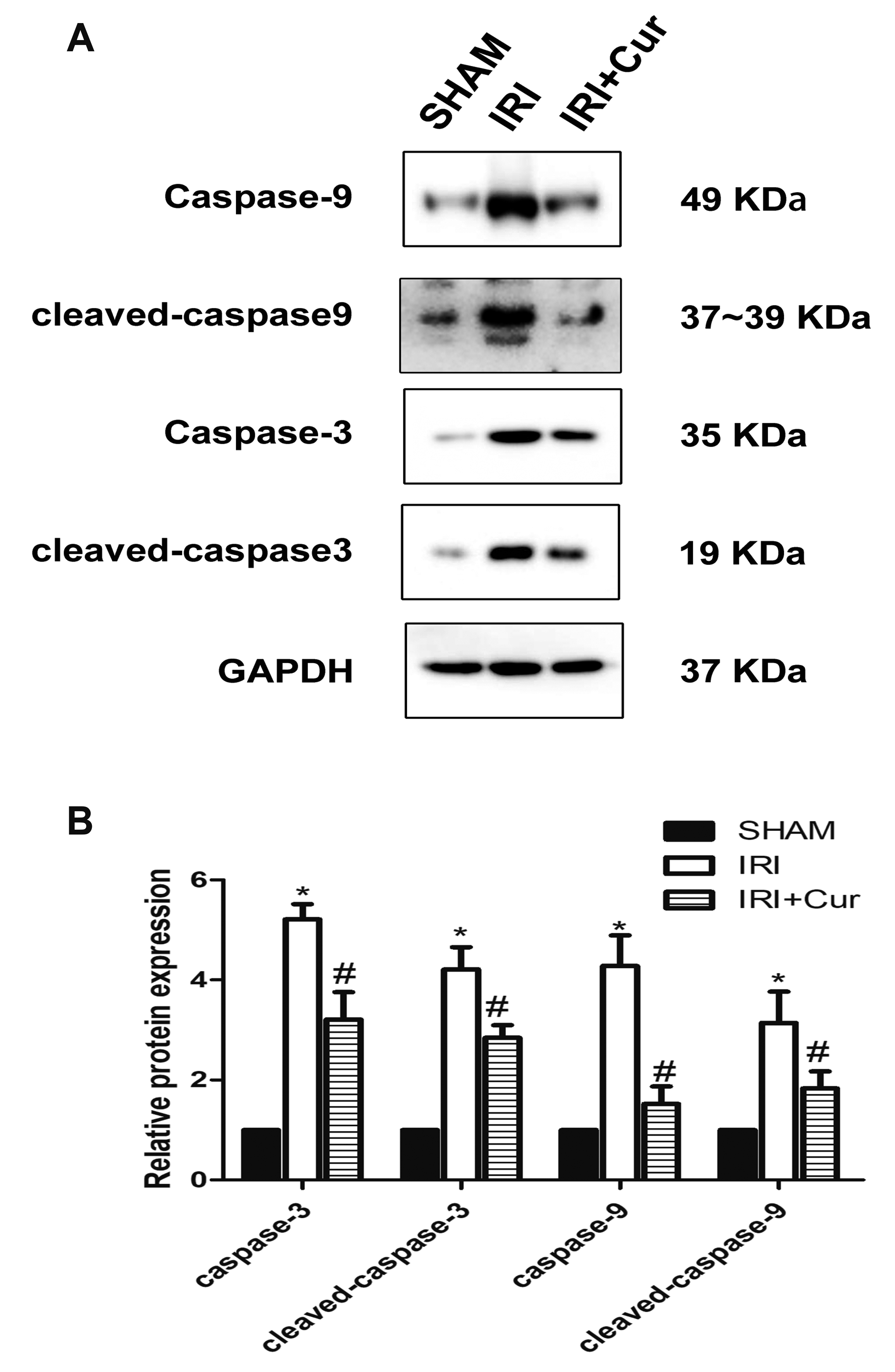
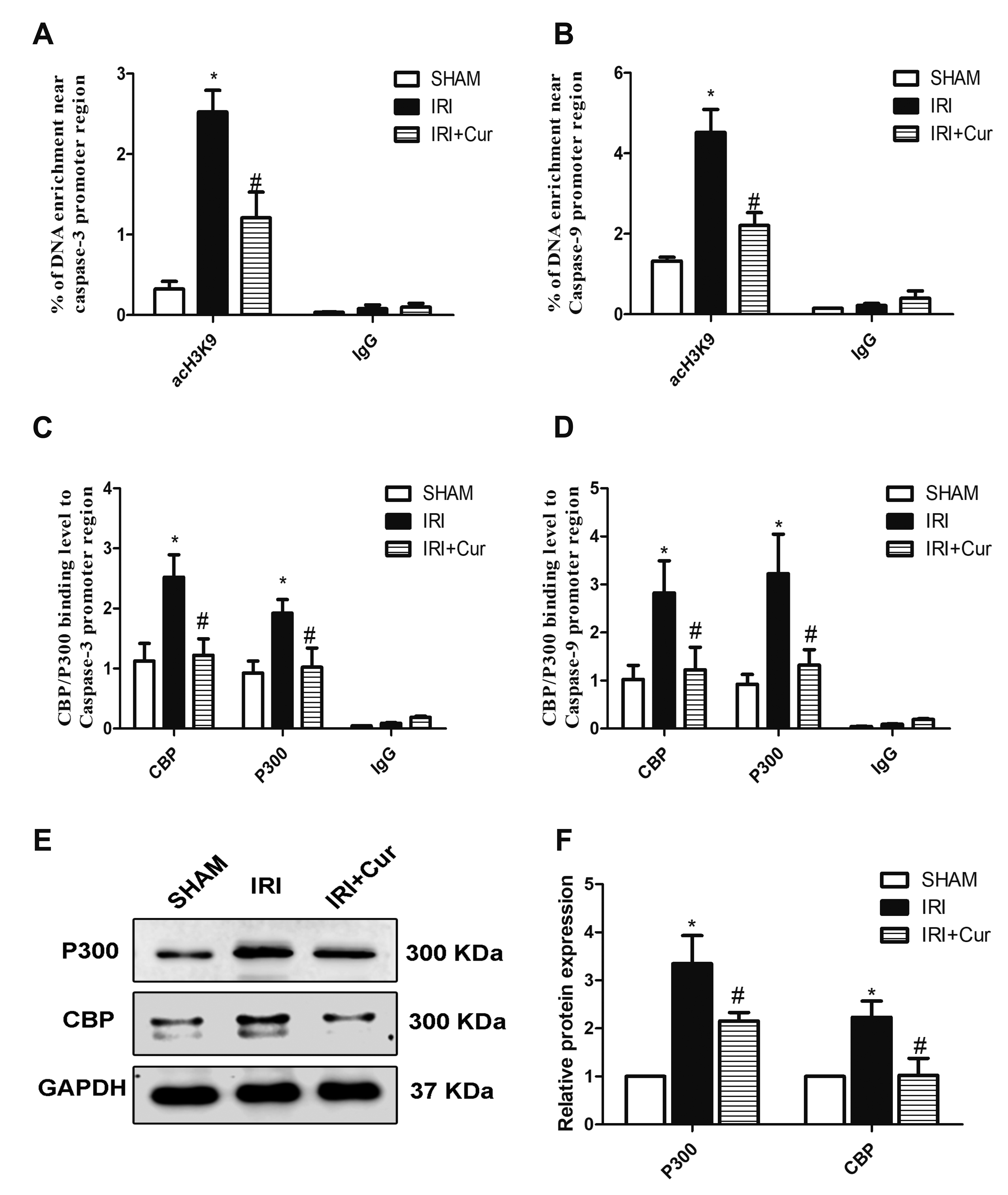
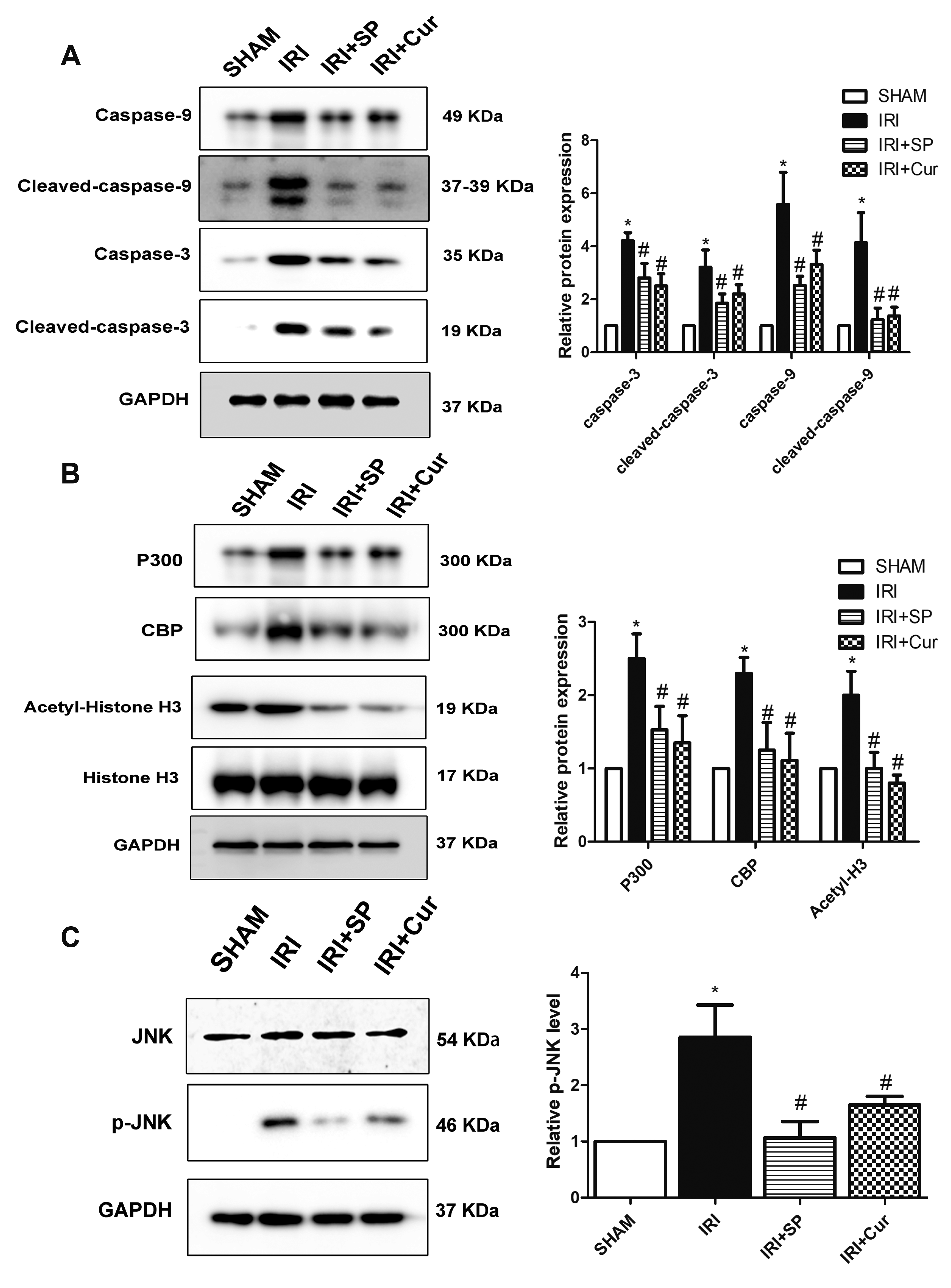
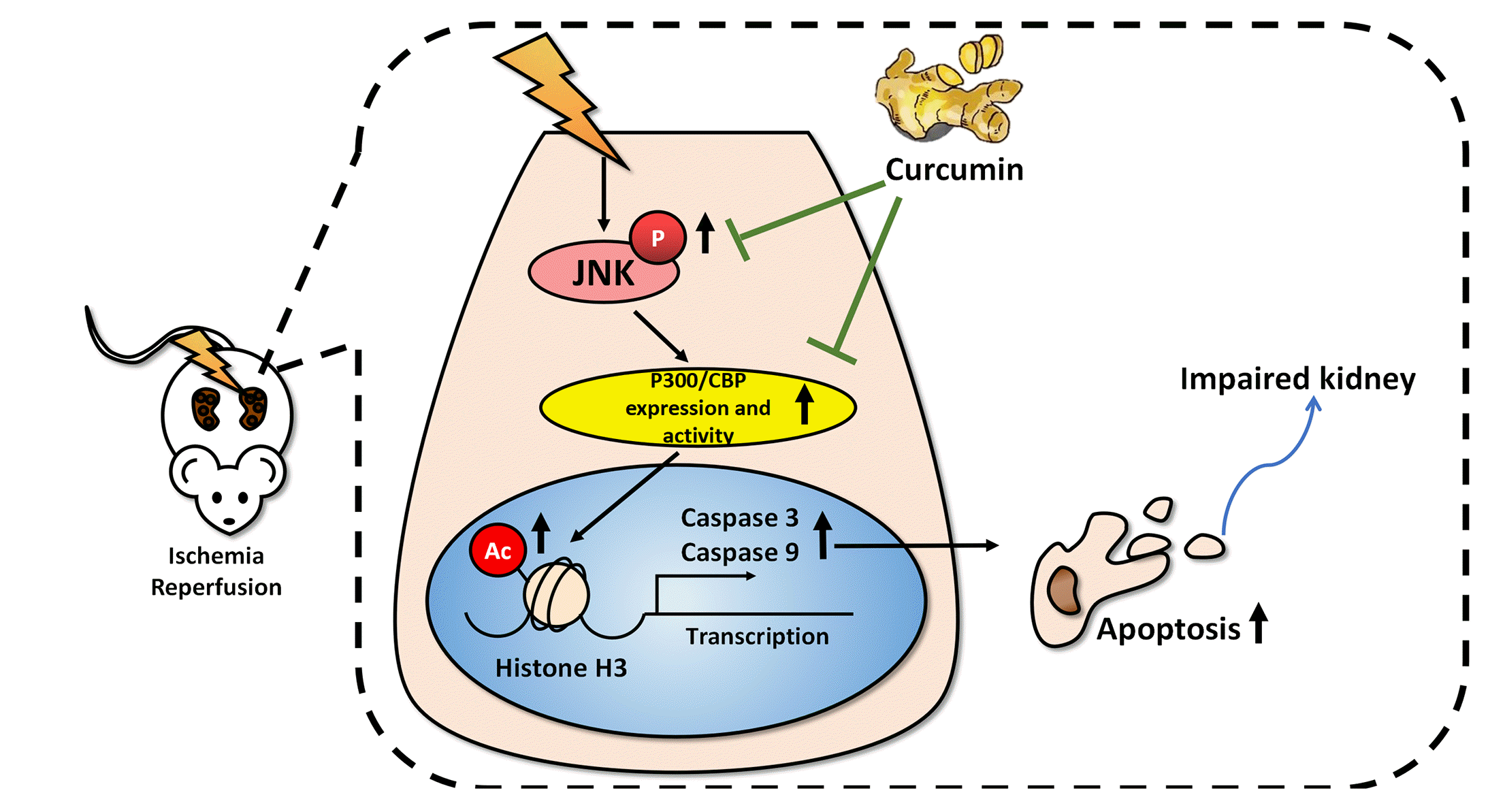
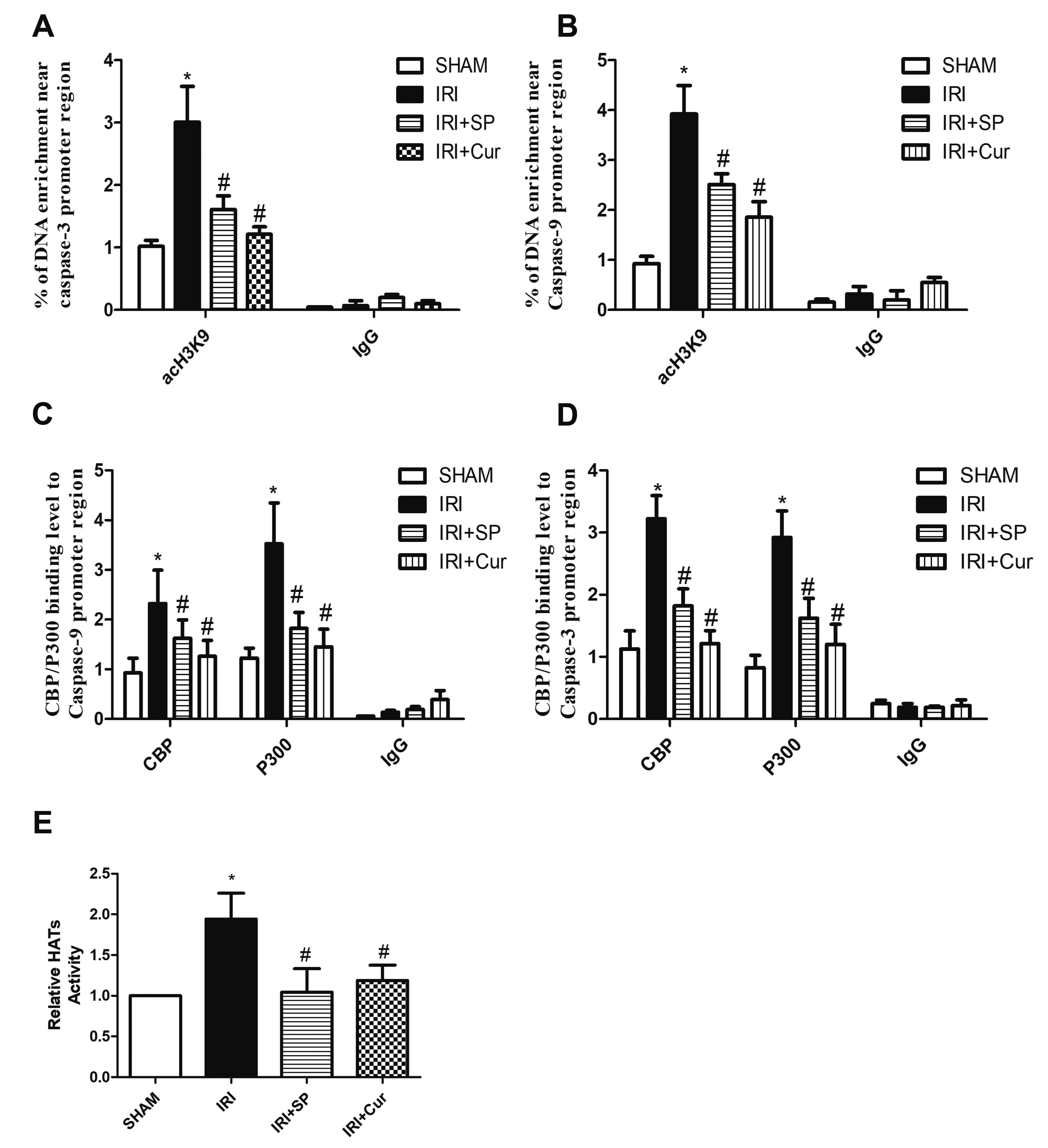




 PDF
PDF Citation
Citation Print
Print


 XML Download
XML Download